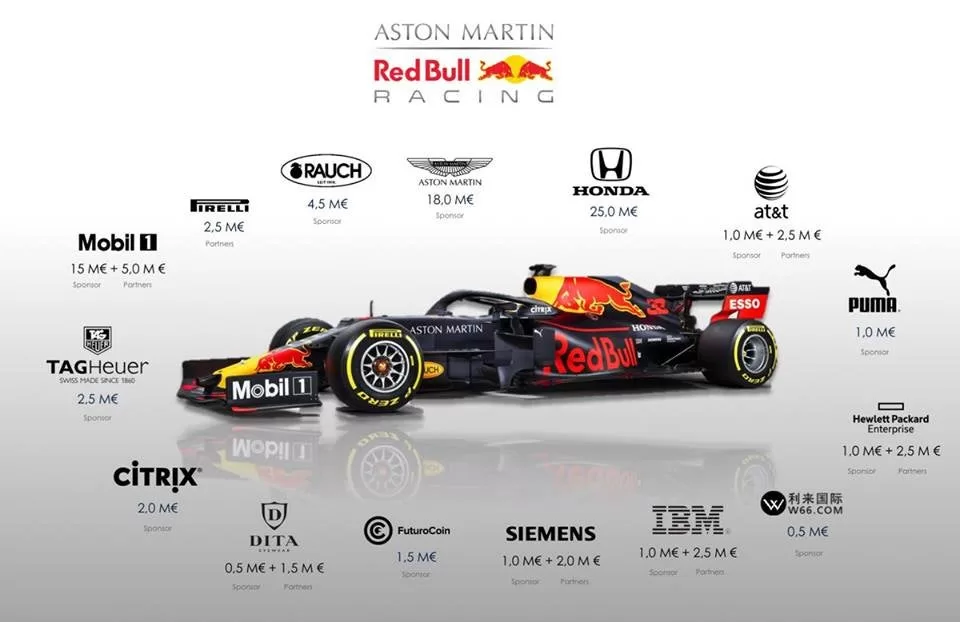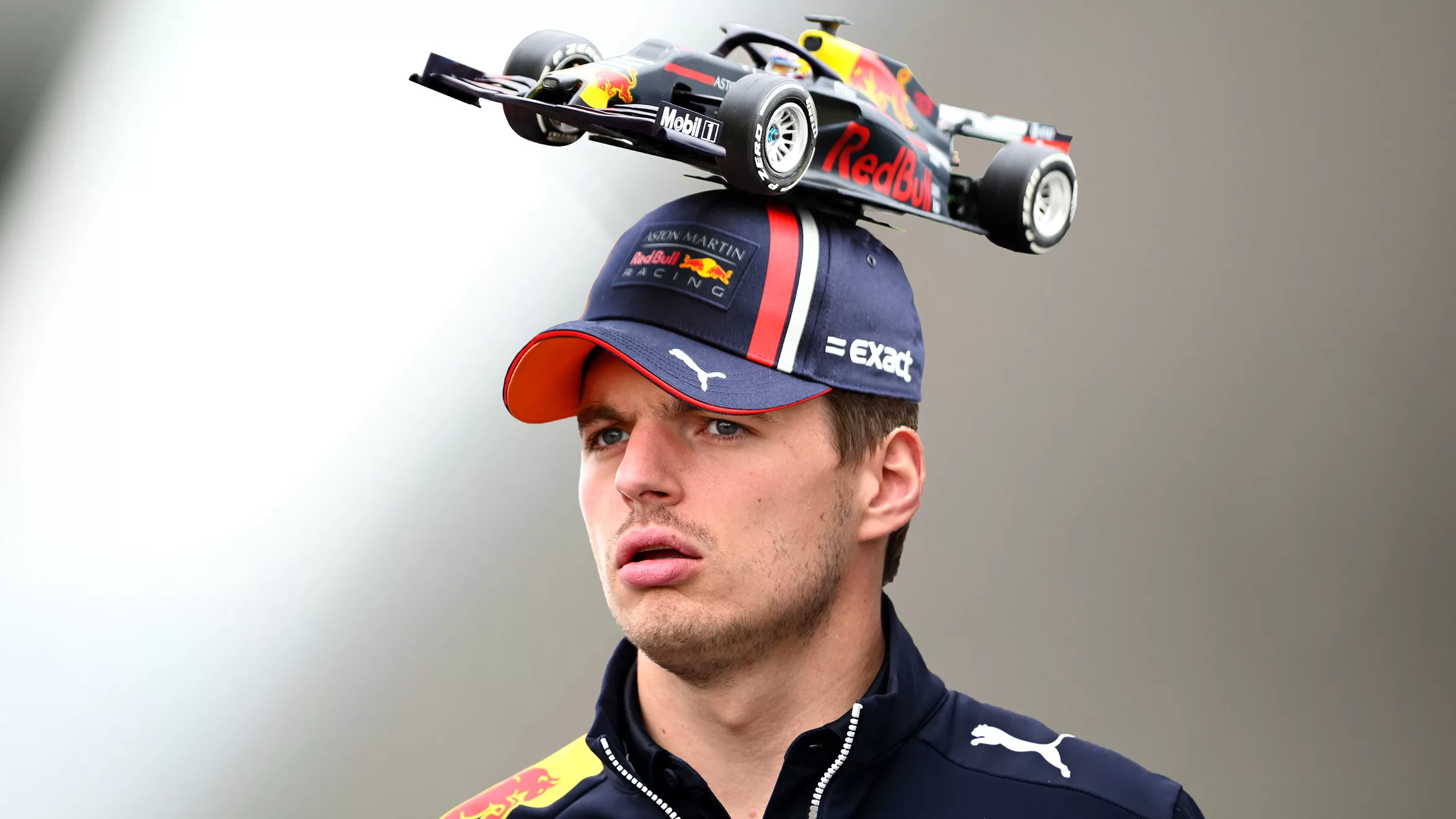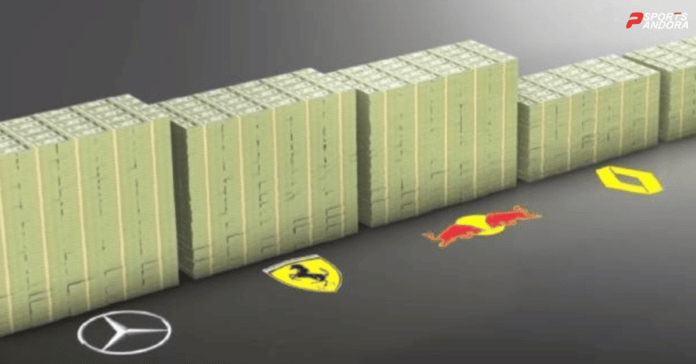As fans embark on their Formula One journey, gaining insight into the intricate world of financials that drives the sport is essential. In this article, we demystify the financial aspects of Formula One. We will be Shedding light on the funding mechanisms, revenue streams, and economics behind the fast-paced action on the track.
YouTube CC: The Racing Pilot
The financials in Formula One play a crucial role in shaping the sport’s dynamics and competitiveness. Teams rely on sponsorships, prize money, and partnerships to fund their operations and develop cutting-edge technologies. Additionally, hosting fees and TV rights contribute to the overall revenue, while the introduction of a cost cap promotes financial equality among teams. Transition words help readers understand the connections between different financial aspects, fostering a comprehensive understanding.
Key Financial Heads in Formula One
I. Team Budgets
The Financial Backbone At the core of Formula One’s financial landscape is the team budgets, which encompass various elements, including car development, personnel, logistics, and race operations. Teams secure funds through a combination of sponsorship deals, investments, and revenue shares from the sport’s governing body.
II. Sponsorship and Partnerships
Fueling the Finances Sponsorship plays a pivotal role in funding Formula One teams. Brands from various industries partner with teams to gain exposure and enhance their global reach. These partnerships involve financial contributions in exchange for prominent branding on the cars, driver apparel, and trackside advertisements. Sponsorship deals often span multiple seasons and can be a significant source of revenue.

III. Prize Money and TV Rights
Racing Towards Profitability, Formula One generates revenue through prize money and the sale of broadcasting rights. Prize money is distributed among teams based on their championship standings, rewarding successful performances. On the other hand, TV rights involve licensing agreements with broadcasters worldwide, granting them exclusive rights to air Formula One races and related content.
IV. Race Hosting Fees
Showcasing the Sport To secure a spot on the Formula One calendar, race organizers pay substantial hosting fees. These fees contribute to the overall revenue of the sport and can vary based on the prestige and popularity of the race. High-profile races such as Monaco or Singapore command higher fees due to their historical significance and global appeal.

V. The Cost Cap
A Financial Equality Measure In recent years, Formula One introduced a cost cap to promote financial stability and enhance competition. The cost cap sets a limit on team expenditures, curbing excessive spending and ensuring a more level playing field. This measure aims to attract new teams, encourage long-term sustainability, and create a more engaging and competitive sport for fans.
READ MORE: The Evolution of Formula One Technology: From Classic Cars to Hybrid Power
As fans immerse themselves in the captivating world of Formula One, understanding the financial dynamics behind the sport enhances the overall experience. From team budgets and sponsorship deals to prize money and race hosting fees, the financials in Formula One shape the teams, the drivers, and the thrilling battles on the track. By grasping these intricacies, fans gain a deeper appreciation for the sport’s intricacies and the remarkable financial ecosystem that fuels its high-speed drama.


